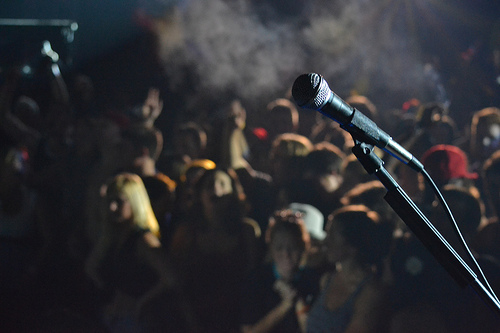
What Is Secondhand Smoke?
Secondhand smoke (SHS) also known as environmental tobacco smoke is a combination of 2 forms of smoke: • Mainstream smoke – smoke emanating from the burning end of a cigarette • Side stream smoke – the smoke exhaled by a smoker The side stream smoke contains higher concentration of toxic chemicals compared to mainstream smoke. Even the size of particles is smaller making it easier for them to dissolve in the blood stream. People in the vicinity of a smoker are exposed to this SHS and become vulnerable to all the health hazards of nicotine and other carcinogens present in smoke. The amount of SHS varies according to the type of tobacco product being smoked.
- Important notification about information and brand names used in this slideshow!
- Photo courtesy of Chris Gilmore by Flickr : www.flickr.com/photos/gilmorec/5485793210/
- www.cancer.gov/cancertopics/factsheet/Tobacco/ETS
- http://www.cancer.org/cancer/cancercauses/tobaccocancer/secondhand-smoke

How To Measure Exposure To Second Hand Smoke?
There are various methods employed to measure exposure to second hand smoke. Some of these are: • By measuring the amount of nicotine and other tobacco chemicals in the air. • By measuring the respirable suspended particles in the air. It has been shown that people exposed to second hand smoke have different components of tobacco smoke in their hair, nails, saliva and blood. These biological markers can be tested by: • Hair biomonitoring- This technique is used to measure long term cumulative exposure to second hand smoke. As the human hair grows at the rate of 1 cm per month, testing even 2-3 cm of hair length from the scalp can give an idea of exposure for past several months. • Saliva biomonitoring- Measuring cotinine in saliva, a byproduct of nicotine, is useful for getting an idea about short term exposure to second hand smoke.
- Important notification about information and brand names used in this slideshow!
- Photo courtesy of David by Flickr : www.flickr.com/photos/davidw/1368355203/
- www.cancer.gov/cancertopics/factsheet/Tobacco/ETS
- http://www.shsmonitoring.org/SHS_Overview/how/
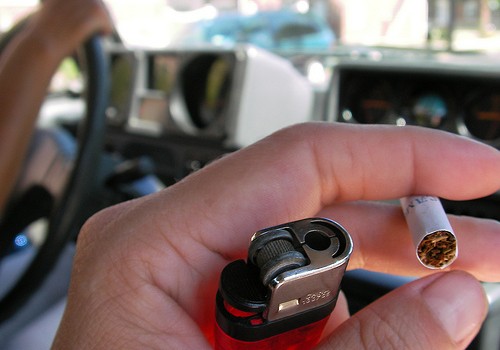
Death Statistics Related To Secondhand Smoking
According to researchers from the University of California, San Francisco, more than 42,000 people including 900 infants die annually in the U.S. due to exposure to second hand smoke. It is responsible for 3,400 deaths from lung cancer and 22,700 to 69,600 deaths from heart diseases every year. Experts suggest that this amounts to 600,000 years of potential life lost, as the life of every non smoker is cut short by almost 14.2 years due to exposure to second hand smoke. This amounts to a loss of a staggering $6.6 billion in productivity. The number of deaths due to second hand smoke is the largest in the Afro-American community. Studies suggest that 13% of all deaths in this community are due to second hand smoke. 36% of all infant deaths in the Afro-American community are because of exposure to second hand smoke.
- Important notification about information and brand names used in this slideshow!
- Photo courtesy of Shannon Holman by Flickr : www.flickr.com/photos/shannonholman/2831635214/
- www.who.int/features/factfiles/tobacco/tobacco_facts/en/index2.html
- http://www.livescience.com/23562-secondhand-smoke-kills-nonsmokders.html
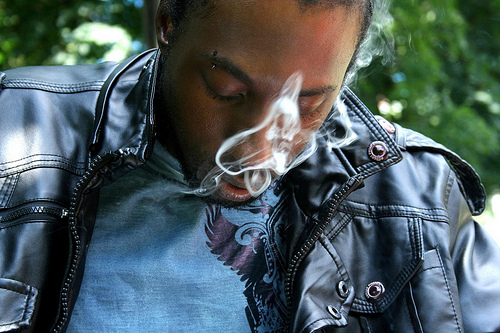
Harmful Substances Present In Cigarette Smoke
Experts tell us that there are as many as 7000 chemicals present in second hand tobacco smoke. Of these, more than 250 chemicals are known to be harmful. However, the number of these chemicals varies according to the type of tobacco used in the cigarette, the way it is smoked and the material used to wrap the tobacco. Some of the harmful chemicals present in tobacco smoke include carbon monoxide, hydrogen cyanide and ammonia. Besides the harmful substances, second hand smoke contains as many as 69 chemicals which can produce cancers in human beings. Some of these chemicals are arsenic, beryllium, cadmium, nickel, benzene, 1,3- Butadiene, ethylene oxide, etc.
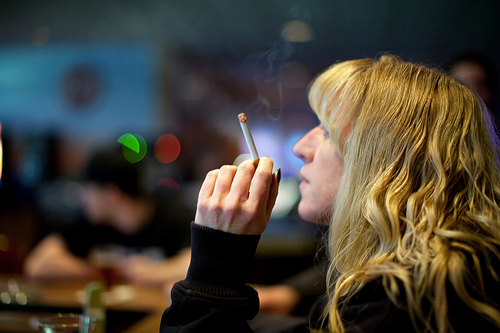
Exposure To Second Hand Smoke Can Lead To Cancer
Second hand smoke has been classified as a known human carcinogen by multiple agencies including the U.S. Environmental Protection Agency, the U.S. National Toxicology Program, the U.S. Surgeon General, and the International Agency for Research on Cancer. Around 3000 deaths due to lung cancer in non smokers can be directly attributed to exposure to second hand smoke. Besides lung cancer, second hand smoke has also been implicated in the development of nasopharyngeal cancers, breast cancer, leukemias, lymphomas, and brain tumors in children. According to a report by IARC in 2009, the incidence of hepatoblastoma is five times higher in children born to parents who smoke before or during pregnancy. The risk is two times higher if only one parent smokes. Both the mainstream and the side stream components of second hand smoke contain at least 20 chemicals which have been associated with the development of breast cancer in women.
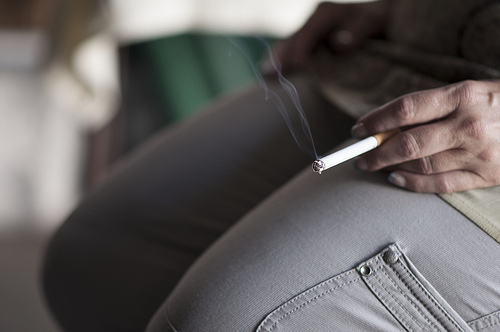
What Is The Safe Level Of Secondhand Smoke?
According to the guidelines to Article 8 of the World Health Organization (WHO) Framework Convention on Tobacco Control, there is no safe level of exposure to second hand smoke. The only way to protect people from the harmful effects of second hand smoke is by creating 100% smoke free environments. Even low levels of exposure can cause harm to the body. According to “A Report of the Surgeon General: How Tobacco Smoke Causes Disease,” the cigarettes manufactured these days are more addictive. The nicotine present in them reaches the brain faster and it makes easier for children to get addicted to smoking. It also makes it difficult for smokers to quit the habit. Even low level of smoke causes cellular damage and produces inflammation. This weakens the immune system and leads the way to disease and death. Therefore, separating smokers from nonsmokers and ventilating buildings won’t suffice. We have to try to completely ban smoking indoors.
- Important notification about information and brand names used in this slideshow!
- Photo courtesy of Rodney Keeling by Flickr : www.flickr.com/photos/rodneykeeling/7763225908/
- www.cancer.gov/cancertopics/factsheet/Tobacco/ETS
- http://www.news-medical.net/news/20101213/No-safe-level-of-exposure-to-secondhand-smoke.aspx
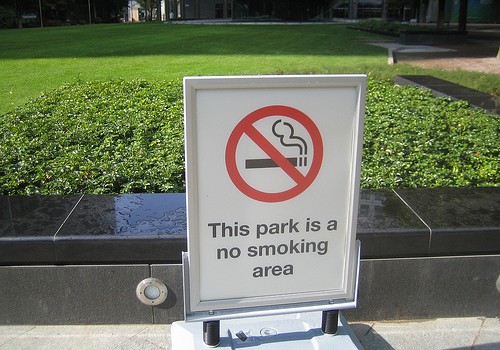
What Steps Have Been Taken To Reduce Effects Of Second Hand Smoke?
Government has passed stringent laws banning smoking at public places. According to the Pro-Children Act of 1994, nobody can smoke at facilities provided by the federal government for children. Laws have been passed which make smoking a crime on domestic flights, almost all flights connecting the U.S. to foreign destinations, interstate buses and trains. Similarly, smoking is banned in many schools, hospitals, airports, beaches and other public places. The U.S. Department of Health and Human Services Healthy People 2020 aims to reduce exposure to second hand smoke to less than 10%. The WHO helps people around the world to protect themselves from exposure to second hand smoke through its tobacco control program called MPOWER.
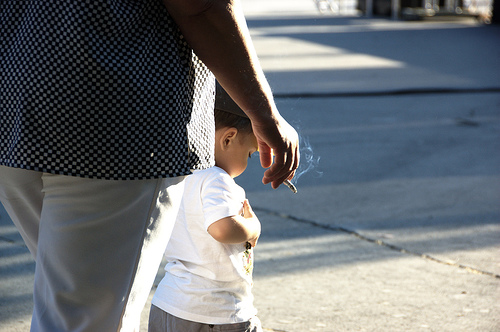
Effect Of Exposure To Second Hand Smoke On Children/Youth
Children are particularly vulnerable to the ill effects of second hand smoke as their bodies are still growing. It is believed that 40% of all children are exposed to second hand smoke at home. It is responsible for 30% of all child deaths. Around 150,000 to 300,000 cases of lower respiratory tract infection in children are due to exposure to second hand smoke. Second hand smoke can lead to a build up of fluid in the middle ear leading to ear infections. It can also lead to a worsening of asthma and its related diseases. In infants, it can lead to sudden infant death syndrome. Even the youth is not spared from the ill effects of second hand smoke. And the worst part is that young people who are exposed to second hand smoke at home are 1.5 to 2 times more likely to smoke compared to those who are not exposed.
- Important notification about information and brand names used in this slideshow!
- Photo courtesy of alex yosifov by Flickr : www.flickr.com/photos/sashomasho/718292525/
- www.who.int/features/factfiles/tobacco/tobacco_facts/en/index6.html
- http://www.lung.org/stop-smoking/about-smoking/health-effects/secondhand-smoke.html
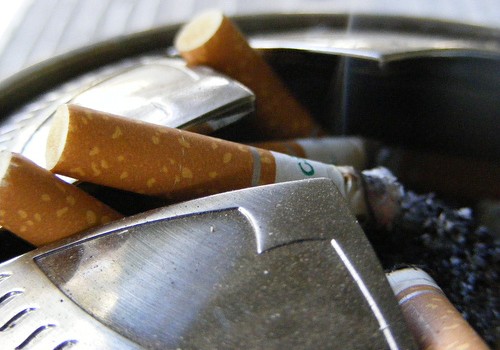
Ill Effects Of Second Hand Smoke On Our Health
Exposure to second hand smoke is considered to be especially bad as it can lead to the development of cancers. But not many people know that apart from cancers, second hand smoke can lead to many other health problems. Some of them are: • Exposure to second hand smoke increases the risk of heart diseases by 25% to 30%. • Exposure of pregnant women can lead to spontaneous abortion, still birth or low birth weight of the baby. • It can lead to sudden infant death syndrome. • It can worsen asthma and its related problems in children. • The intensity of flu is much severe in children exposed to second hand smoke. • Almost 150,000 to 300,000 incidences of lower respiratory tract infections in children below 18 months of age can be attributed to exposure to second hand smoke. • It may damage sperms leading to reduced fertility in men.
- Important notification about information and brand names used in this slideshow!
- Photo courtesy of Nick Perla by Flickr : www.flickr.com/photos/nperlapro/1429153414/
- www.cancer.gov/cancertopics/factsheet/Tobacco/ETS
- http://www.cancer.org/cancer/cancercauses/tobaccocancer/secondhand-smoke Exposure to second hand smoke is considere


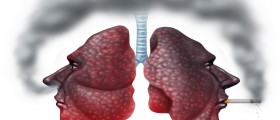

_f_280x120.jpg)
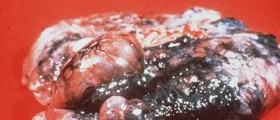


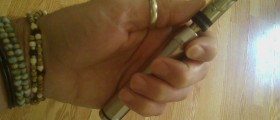


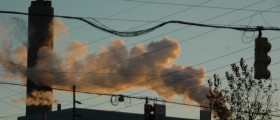

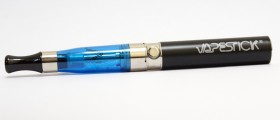
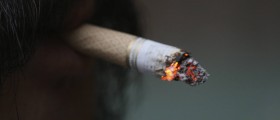
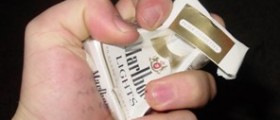
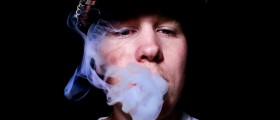


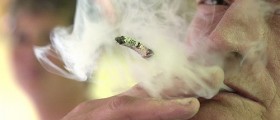
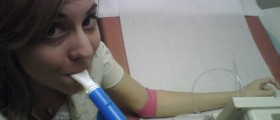

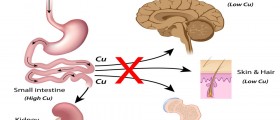
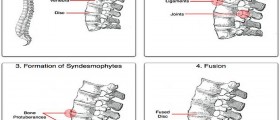



Your thoughts on this
Loading...